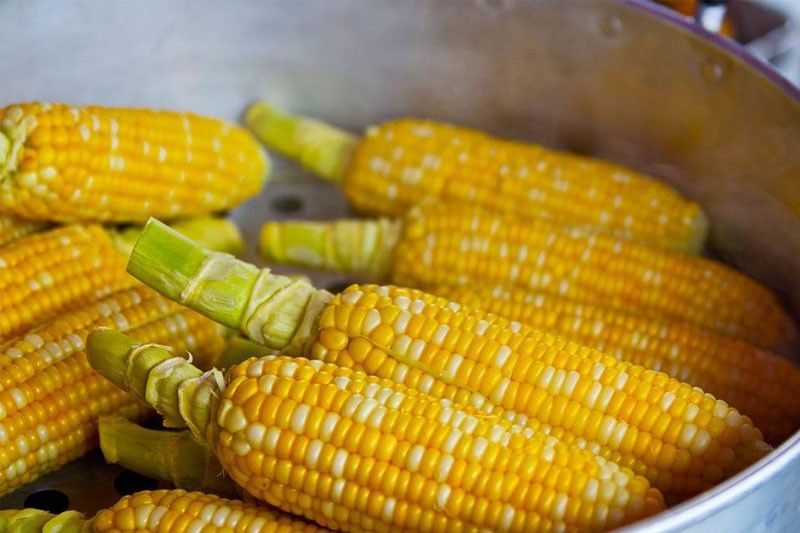Philippine corn imports may reach 1.9 million MT

MANILA, Philippines — The reduced tariffs on corn imports may increase Philippine corn imports to 1.9 million metric tons (MT), according to the United States Department of Agriculture (USDA).
In a report by its Foreign Agricultural Service, the USDA said the new forecast is an upward revision of the earlier projection of 750,000 MT for marketing year 2022 to 2023, which will start in July.
Under Executive Order (EO) 171 signed by President Duterte in May, in-quota tariffs on corn imports were lowered to five percent from 35 percent until the end of the year.
On the other hand, out-quota imports are slapped with a 15 percent tariff from the original 50 percent tariff.
The USDA said that since the EO’s issuance, industry contacts confirm at least one quota license holder has already booked most favored nation (MFN) corn.
“The new corn tariff is expected to shift some, but not all imports of duty-free wheat and barley for as long as it remains in effect and current price relationships hold,” the USDA said.
The agency also raised the corn feed consumption of corn to 7.65 million MT from its earlier projection of 6.9 million MT.
“However, given EO 171 is only temporary and the over-quota tariff would be trade prohibitive in normal market conditions, it will not go so far as to incentivize meat and poultry producers to expand,” the USDA said.
Meanwhile, the USDA also revised downward its projection for corn production to 7.9 million MT from an earlier projection of 8.3 million MT.
“Increasing production costs (e.g., fuel, fertilizer) have led producers to reduce area, in line with reports of reduced seed sales,” the USDA said.
It said that reports of reduced fertilizer application further warrant reduced yield expectations.
“The government’s stop-gap fertilizer voucher program has not sufficiently offset costs, was slow to roll out, and is set to expire at the end of the calendar year.
“Unlike rice, corn does not have a dedicated competitiveness enhancement fund,” the USDA said.
While EO 171 also extends the reduced tariffs of 35 percent for rice imports, the USDA stressed that it effectively only provides a safeguard to ensure the Philippines will have access to alternative foreign supplies should ASEAN members limit exports.
Last week, the Philippine Association of Feed Millers Inc. (PAFMI) urged the government to increase the minimum access volume (MAV) for corn imports to two million MT, in a bid to maximize the benefits of the recently reduced tariffs.
PAFMI said while the recent reduction in corn tariffs would help mitigate the impact caused by current global supply chain disruptions, higher import volumes are still necessary.
“To realize the full benefit of the EO, the feed milling industry is asking the Department of Agriculture, through its MAV Management Committee, to decide at the soonest possible time on the proposal to increase the size of the country’s MAV for corn to two million metric tons (MT) from the current 217,000 MT,”PAFMI said.
It said the proposed MAV increase would cover the volume of corn importation for the second half.
“Food inflation is expected to persist during the rest of the year, and possibly even in the first part of 2023, as energy costs and supply disruptions on grains and fertilizer shipments persist,” PAFMI said.
“For corn specifically, Ukraine’s inability to ship out its produce through the Black Sea, droughts in South America, export bans by some countries, and the continued stockpiling by China are exerting pressure on prices,” it said.
The group said the Russia-Ukraine conflict has affected the supply of feed wheat, which is used as a corn substitute because of its lower price.
“This leaves local feed millers with little option but to rely on more corn imports; a higher MAV would provide for some flexibility in keeping feed inputs for local hog and poultry growers at a lower price,” the group said.
“Any tightness in the global corn supply is now being compensated by better harvests in the United States, and the supply situation is expected to improve later this year with improved harvests expected from other major corn producing countries including the US starting in September,” it said.
- Latest
- Trending



























